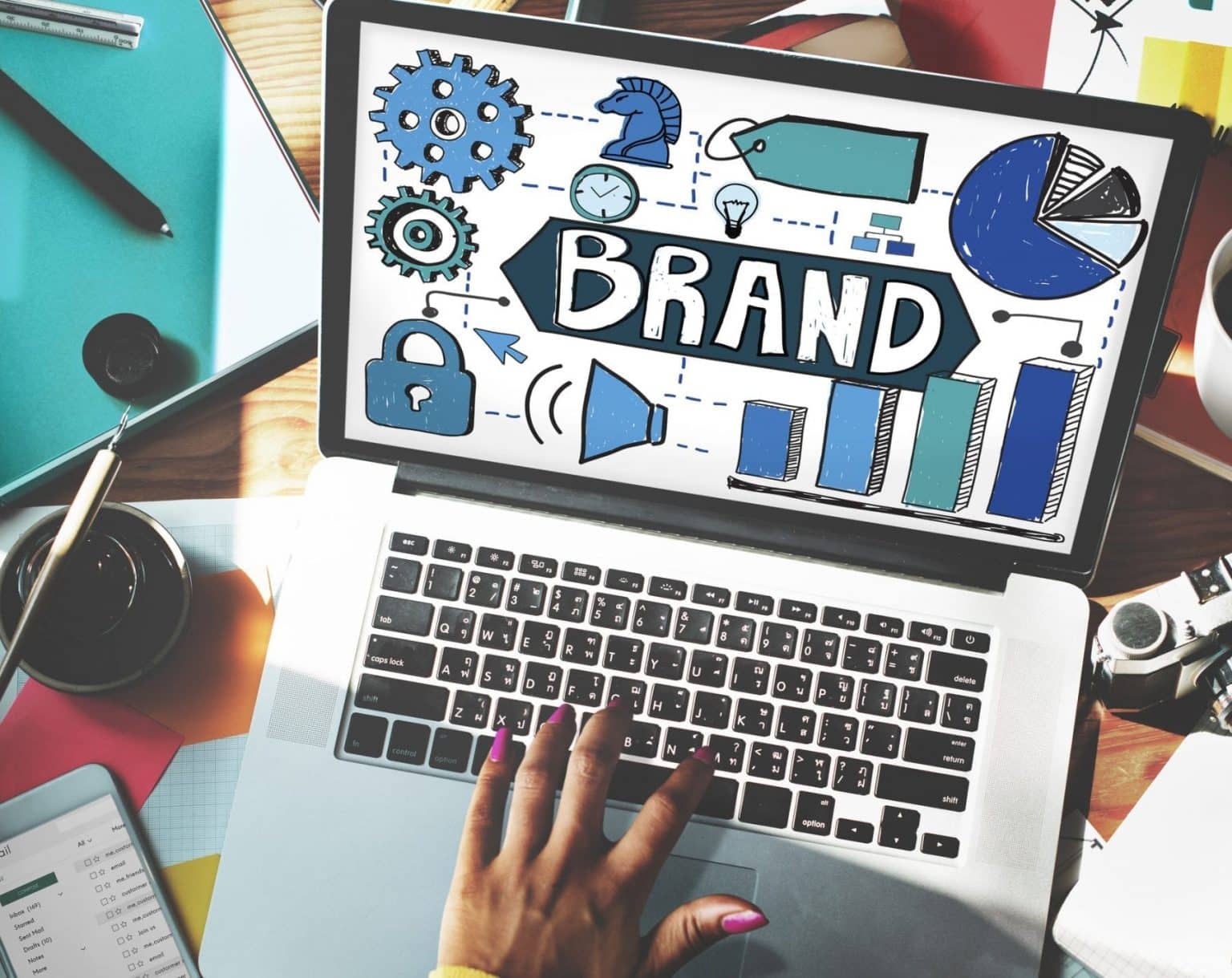Table of Contents
TogglePart 1: Why Build A Landing Page – Know Your Objective
Building landing pages will help increase conversion rates. Targeted promotion or individualised product sales are focused on a unique objective that is congruent to the ad your visitors clicked on to reach the landing page. In other words, a visitor will click on an ad for a specific objective and be taken on a journey where everything is designed and streamlined for the sale of that specific objective. The two most common objectives, to capture leads and to generate sales.
Part 2: How To Build An Effective Landing Page – 5 Steps To Create A Kick-ass Landing Page
After having decided the objective of the campaign, there are 5 elements to follow to create a landing page with a high conversion rate and a low bounce rate:
1. Have a call to action above the fold with a loud action button that is a different colour.
2. Align the message so that it is congruent across your source of traffic for the visitors, whether that be email/ad/banner/link/post on social media.
3. Use minimal, attention-grabbing text and imagery – pick your words, colours, images and fonts carefully.
4. Use social proof to build trust – add a phone number, testimonials, social media icons that link to your social media pages.
5. Remove everything unnecessary – halve your copy then halve it again. You don’t want anything distracting the visitor from the ultimate goal of the page.
Use templates or specialised products to build your landing pages. This is not an avenue I recommend skimping on. If you sell 500 products per month at a conversion rate of 5% at $10 raw profit each, every percentage of conversion is worth $1000 per month. It quickly adds up.
Part 3: Measuring Success – Is What I’m Doing Working?
There are three ways to measure success:
1) Conversion rate – % of people that visit the page who ultimately convert. We want a high % For retail landing pages, with a cost of product $250 and below, 5-9% is considered good. For lead generation landing pages, 15-20% is considered good.
2) Abandonment rate – % of people who land on the page then quickly leave. We want a low % Because the visitor to the landing page will come from an ad, email or link, the bounce rate should be low. There will always be accidental clicks, but we should see a number around 40% or lower. If it is higher than that, there isn’t a congruent message across media.
3) Cost per conversion – $ amount per conversion. We want a low $ Divide your advertising costs by the amount of sales to calculate the average cost per conversion. To realise what a decent CPC should be, we need to figure out how much that lead is worth to you, as a single transaction and lifetime value (anticipated number of sales).
Part 4: Improving Landing Pages – Test, Test, Test
We are all guilty of assuming to know what people like without confirming our hunches. We need to test. Change the colour scheme of the landing page, change the button colour, change the position of the lead capture form.
It is best to change one element of the page at a given time and run 3-4 different variations to quickly discover what works best. 150 visitors will give you a decently sized sample of what will work and what doesn’t. Use the above 3 metrics as a measure.
Conclusion
A landing page is one of the best tools for ROI. It takes an afternoon to set up, very little time on upkeep and will be a permanent stream of leads and income if it is optimised the right way. For more information on how you can use Landing Pages to improve your business, contact us:

